A pathology called rhinitis is familiar to every fifth, but not everyone heard about vasomotor rhinitis. Doctors call vasomotor rhinitis the insolvency of nasal breathing, in which the lumen narrows. This is not due to the inflammatory process, but due to a violation of the tone of the vessels placed in the nasal cavity. How to recognize such a pathology and is it possible to cure such an ailment? Let's figure it out.
Content
- Vasomotor rhinitis - what is it and what happens?
- The causes of vasomotor rhinitis
- Symptoms of vasomotor rhinitis
- Vasomotor rhinitis in a child
- Vasomotor rhinitis and pregnancy
- Treatment of vasomotor rhinitis in conservative ways
- Folk remedies for vasomotor rhinitis
- How to treat vasomotor rhinitis at home?
Vasomotor rhinitis - what is it and what happens?
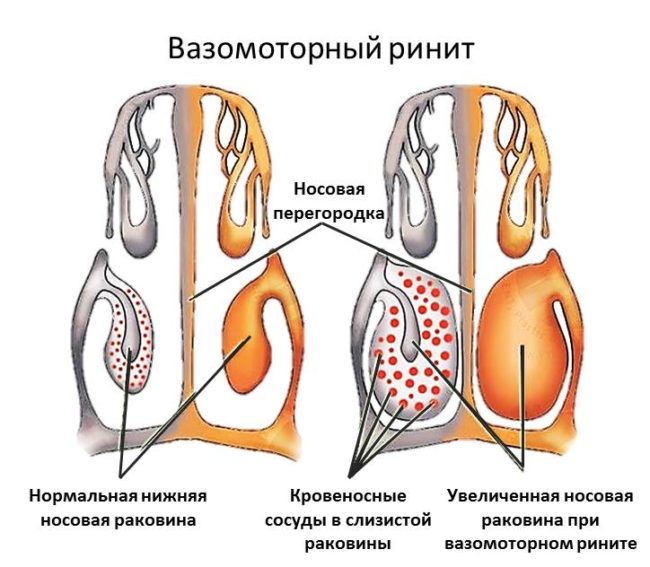
The nasal shells of a person have many large and small capillaries, thanks to which the mucous membranes function. In case of violation of the work of these vessels, the lumen of the nasopharynx decreases, and the mucous membranes work more actively, producing excessive secretion. It turns out that the patient has chronic vasomotor rhinitis.
Medicine distinguishes two forms of the disease: allergic and neurovegetative.
Allergic vasomotor rhinitis
The allergic form is very often called seasonal, since exacerbations mainly fall for periods of flowering of different plants. Calls vasomotor allergic rhinitis a certain allergen, which is in contact with the mucosa. As a result of such an effect, the patient notes:
- spontaneous appearance of abundant excretions of mucus;
- the presence of migraines;
- feeling of congestion, accompanied by itching and burning.
Neurovegetative vasomotor rhinitis
The main "culprit" of the neurovegetative form of the disease is general neurovegetative dysfunction. Also provoke nasal vegetative-vascular dysfunctions:
- physiological deviations in the structure of the nasopharynx (contact spike of the nose septum, fracture, curvature of the nose);
- harmful effects of chemical origin;
- professional harmfulness (constant stay in the dusty room);
- smoking.
A distinctive feature of the neurovegetative form of vasomotor rhinitis is its constant presence. Regardless of flowering, the presence or absence of any allergens.
The causes of vasomotor rhinitis
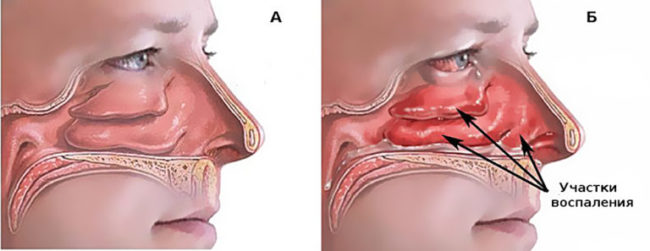
For many years, doctors and scientists have “fought” over the study of the root cause of the appearance of dysfunction of the nasal vessels and came to the conclusion that chronic vasomotor rhinitis could appear for the following reasons:
- Abuse of nasal drops with a vasoconstrictive effect. They are addictive, and a person simply cannot breathe until such drugs are dripping.
- Hormonal imbalance, which occurs during pregnancy, during the adoption of hormonal contraceptives, in certain periods of the menstrual cycle.
- Vegetes -vascular dystonia. The disease is characterized by dysfunction of the walls of blood vessels, including those located in the nose. This entails a deterioration in the quality of human life.
Even the causes of vasomotor rhinitis can act:
- "Not treated" SARS;
- strong nervous shock (stress);
- pathology of the gastrointestinal tract;
- asthma;
- a sharp change in inhaled/exhausted air (exit from heat to frost).
In the risk zone, people who are often encountered with the following possible primordials of the development of the disease are “as a gift” of chronic vasomotor rhinitis:
- passive smoking;
- long stay in dry air;
- addiction to acute foods;
- alcohol abuse.
Whatever the cause of the pathology, it is very important to identify it in time and begin the appropriate treatment.
Symptoms of vasomotor rhinitis
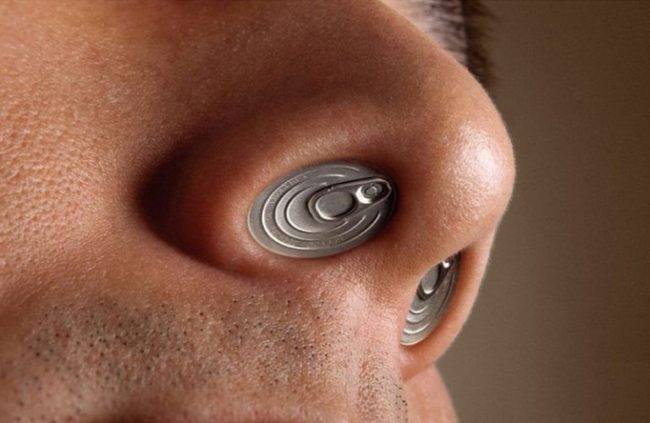
The disease itself is not life -threatening, but the accompanying symptoms can well “spoil” life. So, vasomotor rhinitis in adults has the main symptom in the form of a violation of nasal breathing, which is present periodically or constantly. An unstable flow of oxygen in the lungs provokes its lack of blood. Because of this, the brain, heart, venous and vascular system suffer. All this leads to nervous disorders provoking:
- insomnia;
- general weakness and fatigue;
- lack of appetite;
- pain in the head;
- "Heavy breathing";
- memory worsens.
Symptoms of the following nature may also indicate vasomotor rhinitis:
- the formation of edema, which is accompanied by redness of the wings of the nose;
- spontaneous sneezing, which occurs periodically or is constantly present;
- watery discharge;
- a sense of bursting (pressure) in the sinuses;
- burning and itching;
- the loss of smell is not initially smell, with the progression of pathology, the abyss and taste sensations can be;
- it is felt to flow mucus from one nostril to another;
- if rhinitis of allergic origin, then a slight increase in temperature, redness and tearfulness of the eyes may be observed.
Vasomotor rhinitis in a child
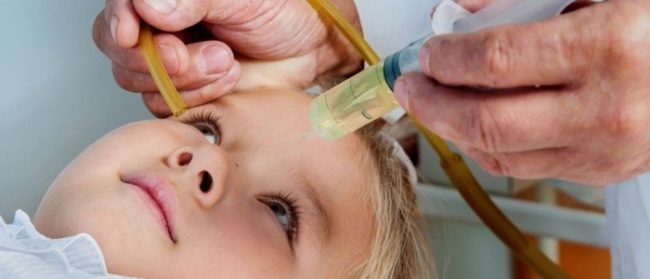
In childhood, vasomotor rhinitis is quite dangerous, as it can provoke more serious diseases of the nervous and respiratory systems. He can appear because of:
- hypothermia;
- removal of polyps;
- frequent colds;
- abuse of vasoconstrictive drops;
- the beginning of puberty.
The symptoms of vasomotor rhinitis in a child are not much different from the present manifestations in an adult, and the deterioration of breathing provokes:
- reduction in memory of memory;
- migraine development;
- the appearance of dizziness.
In the absence of proper treatment, the mother may note a decrease in appetite, sleep disturbance, and rapid fatigue.
The longer the child has vasomotor rhinitis, the more complications are visible that occur in the chronic form of pathology and manifest in the form:
- violations of smell, hearing;
- distortions of the child's speech;
- deformations of facial muscles due to an constantly open mouth.
Vasomotor rhinitis and pregnancy
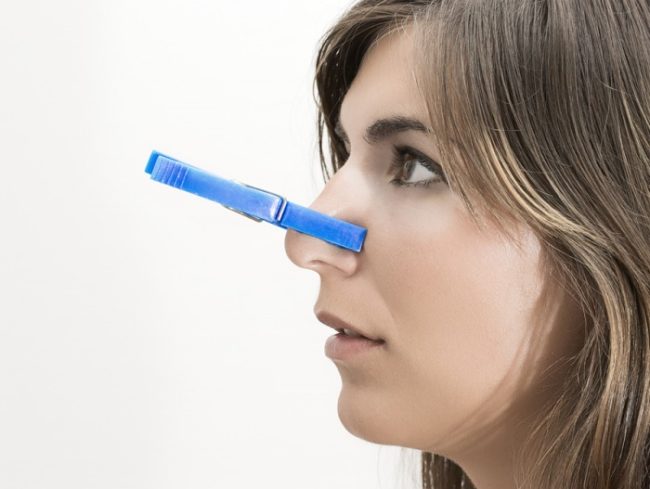
Pregnancy is very often accompanied by vasomotor rhinitis. Since the “culprit” is a hormonal imbalance, which is inherent in all women during pregnancy.
The tone of blood vessels directly depends on the presence of a certain amount of hormones in the body. When the balance of their presence is violated, the vessels begin to narrow, thereby provoking the development of vasomotor rhinitis. In pregnant women, such a pathology in the nasal cavity can occur with an increase in the presence of sex hormones.
Since an interesting position does not provide for taking medications, vasomotor rhinitis during pregnancy must be treated comprehensively and under the strict guidance of a gynecologist.
Treatment of vasomotor rhinitis in conservative ways
Hearing about such a pathology, patients are increasingly wondering - how to treat vasomotor rhinitis? There are a lot of ways, because in addition to medical practice, they are actively used:
- folk medicine;
- modern achievements;
- change in lifestyle.
Below, consider how to cure vasomotor rhinitis.
Traditional medicine for vasomotor rhinitis
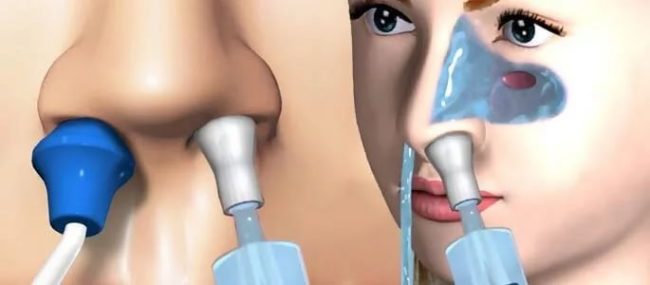
After making a diagnosis - vasomotor rhinitis, treatment is not worth it in a “long box”. Before proceeding with therapy, the possibility of an allergic form should be excluded. Since with seasonal allergic rhinitis the symptoms of the disease take place after eliminating the allergen.
The doctor individually prescribes a complex of therapeutic measures, given the form of the disease, the patient’s age and the presence of concomitant diseases.
The main way to eliminate swelling and mucous secretions is the sanitation of the nasal cavity. This procedure normalizes the tone of blood vessels, reducing the manifestation of the disease to a minimum. Salt solutions are used to wash. They dilute mucus, which after washing is easier.
It is very simple to perform such a procedure. Using a syringe, sprint or a special teapot (sold in pharmacies), the solution in an inclined state is introduced into one nostril and flows from the other. For washing you can use:
- special mineral solutions;
- saline (9% sodiumloride);
- antiseptics;
- antiviral agents;
- solutions with a weak content of antibiotics.
Treatment with drops for vasomotor rhinitis

With local treatment, drops are very often used. They have a direct effect on the vessels, normalizing their work. What drops are used for vasomotor rhinitis? Consider each group in more detail:
1. Adrenomimetics are better known as vasoconstrictor drops. Their action is purposeful for narrowing the vessels, which allows you to remove swelling and eliminate the congestion. This tool has an instant effect, which persists for 4-12 hours. The disadvantages of adrenermic include the risk of dependence, so they are used for no more than 5-7 days. Doctors usually write out with vasomotor rhinitis to stabilize the condition:
- Snup.
- Rinostop.
- Pharmazalin.
- Rinus and others.
2. Hormonal corticosteroids. Funds from this group are produced only in the form of nasal sprays and they act as an anti -inflammatory agent. The frequently used include:
- Hoos.
- ALDECIN.
- Gnadion.
- Bekotid.
- Nazonex.
We will dwell on the latter in more detail. Nazonex is used for vasomotor rhinitis, acting directly on the vessels, while not absorbed into the blood plasma (does not enter the body). It is allowed to use both adults and children from 2 years old.
3. Antihistamines. They are used in the allergic form of the disease. The action of these drops is aimed at suppressing free histamine, which, when interacting with an allergen, contributes to the manifestation of allergies. Popular antihistamines include:
- Clarotadin.
- Zirtek.
- Levokabastin.
- Tavegil et al.
Medicines for vasomotor rhinitis

If the diagnosis of vasomotor rhinitis, drugs can be not only local action. Depending on the form and severity of the course of the disease, the doctor may prescribe oral drugs. Basically, these are remedies for allergic vasomotor rhinitis, characterized by a seasonal or constant (year -round) manifestation of symptoms. These include:
- ASTEMISOL.
- Loratodin.
- Ketotifen.
- Claritin et al.
Inhalations are also used. In more advanced cases, nasal blockades are prescribed using:
- novocaine;
- long -acting glucocorticosteroids;
- sclerosing drugs.
Operational methods for treating vasomotor rhinitis
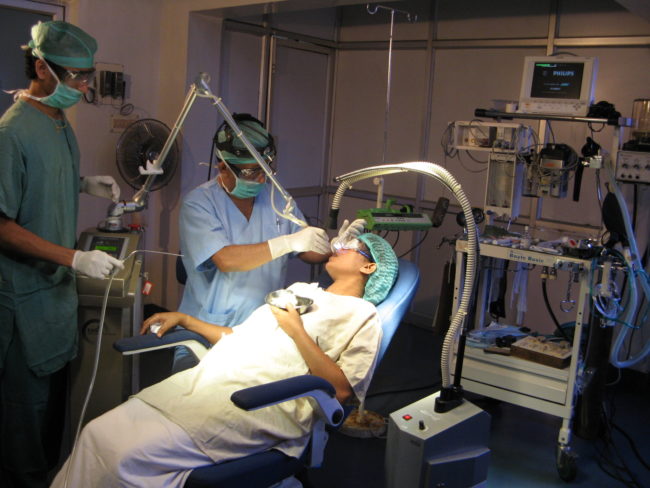
With vasomotor rhinitis, the operation is prescribed only in cases where therapy with medical drugs did not give the proper effect or the problem is anatomical deviations present in the nasal cavity. Surgical (surgical) methods of intervention include:
- Subminized vasotomy, when the vessels of the mucosa are partially excised in the lower part of the nose sink.
- Septoplasty implies the removal of growths (polyps, spikes) in the nasal cavity and aligning the nasal septum.
More popular methods of operational therapy include modern methods in which vasomotor rhinitis is treated with laser and impulse influences. These include:
- Laser destruction, thanks to which blood vessels are expanded.
- Electric plasma coagulation, provides for the destruction of blood vessels using a special coagulator device.
- Ultrasound disintegration is a procedure carried out using ultrasound, which destroy expanded vessels.
Carrying out operations contributes to the disappearance of swelling, stops discharge from the nose, eliminates the congestion. The mucous membranes work stably, and the tone of the walls of blood vessels returns to normal.
Folk remedies for vasomotor rhinitis

If vasomotor rhinitis is diagnosed, folk remedies can alleviate the patient's condition by improving his quality of life. But it is worth remembering that traditional medicine is not a panacea. Therefore, you need to use recipes from the people in combination with traditional treatment. We will share recipes that can accelerate recovery and reduce the manifestation of the symptoms of the disease.
Drops against vasomotor rhinitis
- In 1 tbsp. l. vegetable oil, which pre -boil and cool, conduct 2 drops of garlic juice and 1 tbsp. l. carrot juice. Stir and instill 3-4 times a day. The solution for use is prepared daily.
- The beets juice in the same proportion to dilute with water. Store drops in a cold place in a closed container. Broke 2 drops to 5 times.
- Svoc from aloe survive. Drip it 2-3 drops to 4 times a day. Tampons using aloe juice will also be effective.
- Pure birch juice - 2 drops in each nostril several times a day.
Recipes for washing the nose with vasomotor rhinitis
- 1 tsp. Combine honey with 1 tbsp. warm water. After complete dissolution with a liquid, you can rinse the nasal cavity up to 4 times a day.
- 1 tbsp. l. Pour chamomas with a glass of boiling water and insist for 20 minutes, when the broth cools down, you can rinse the nasal cavity.
- 0.5 tsp. Sea salt on a glass of water. After dissolving, salt water is used as washing.
- 1 tsp. Dry mint pour 1/2 tbsp. When it cools, add 0.5 hours of hut, dissolve. Rinse your nose for several days.
Ointment with vasomotor rhinitis
- Grind fresh walnut leaves to a porridge state. Add vaseline to the mass. Put the resulting ointment on the tampon in the nasal cavities three times a day.
- In equal proportions, mix honey with St. John's wort oil. Dip the tampons into the resulting ointment and insert them into the nostrils.
- Lubricate the sinus sinuses 2-4 times a day with fir or lavender oil.
- In the proportion of 1: 1, mix the color of calendula with petroleum jelly. Grind the calendula flowers first.
- Vasomotor rhinitis will help to cure ointments used alternately - walnut, calendular.
How to treat vasomotor rhinitis at home?

In addition to traditional treatment and recipes from the people, it is possible to alleviate their condition and reduce symptoms at home. The following actions should be carried out for this:
- Proper nutrition. No matter how strange it may sound, but a balanced diet is one of the methods of treating vasomotor rhinitis at home. Some people have hidden problems with the gastrointestinal tract, in which the gastric secretion in the esophagus and the respiratory tract occurs. Normalization of the power minimizes reflux (casting), thereby eliminating the symptoms of vasomotor rhinitis.
- Contrast shower. For ghosts of blood vessels, it is recommended to produce alternate dousing with hot or cold water. Such procedures also help strengthen immunity.
- Moderate physical activity. They reduce the frequency of attacks. Long distances, jogging, swimming helps greatly. In addition to physical strengthening, such loads have a beneficial effect on the nervous system.
- Elimination of risk factors. In other words, with vasomotor rhinitis, it is necessary to exclude the effect of external risks, such as smoke from smoking, dust, air freshener, etc.
The greatest effect will give an integrated approach. Therefore, with vasomotor rhinitis, it is recommended to resort to both traditional medicine and folk methods and therapy at home.









Comments
a couple of years ago, there was no side of metrogils from the same problem, there were no side effects ...
I’m not a fan of peeling at all, it saves from acne of metrogil, it also smoothes it ...
Great article! ...
I take the second course of the Capsules Climafite 911. The tides went very quickly. It became calmer, irritability went away and I sleep well ...
i also noticed - it is worth nervous, everything immediately affects the face. Therefore, I try to avoid conflicts and unpleasant people. Of the creams, I like Miaflow from wrinkles - smoothes not only small wrinkles ...